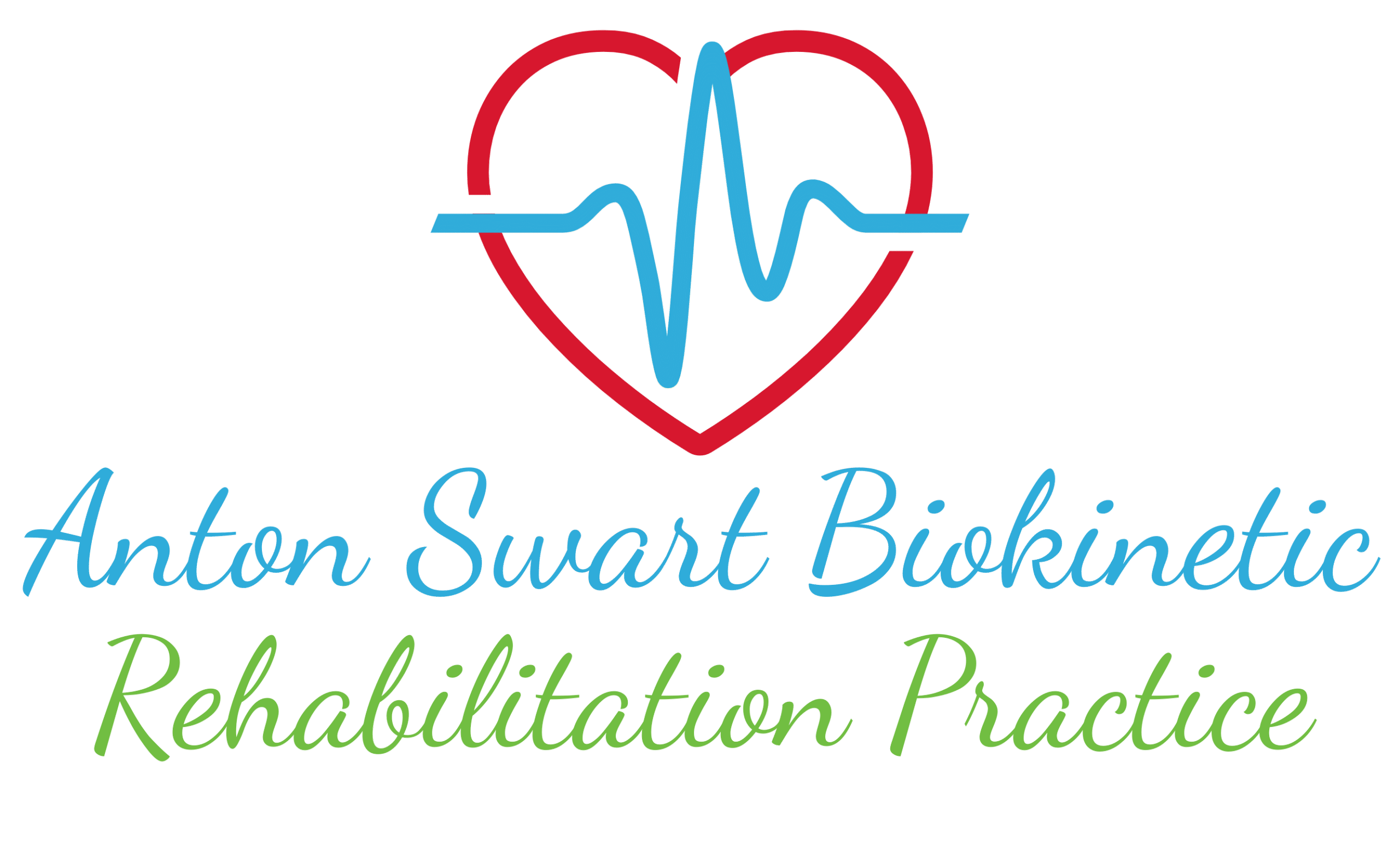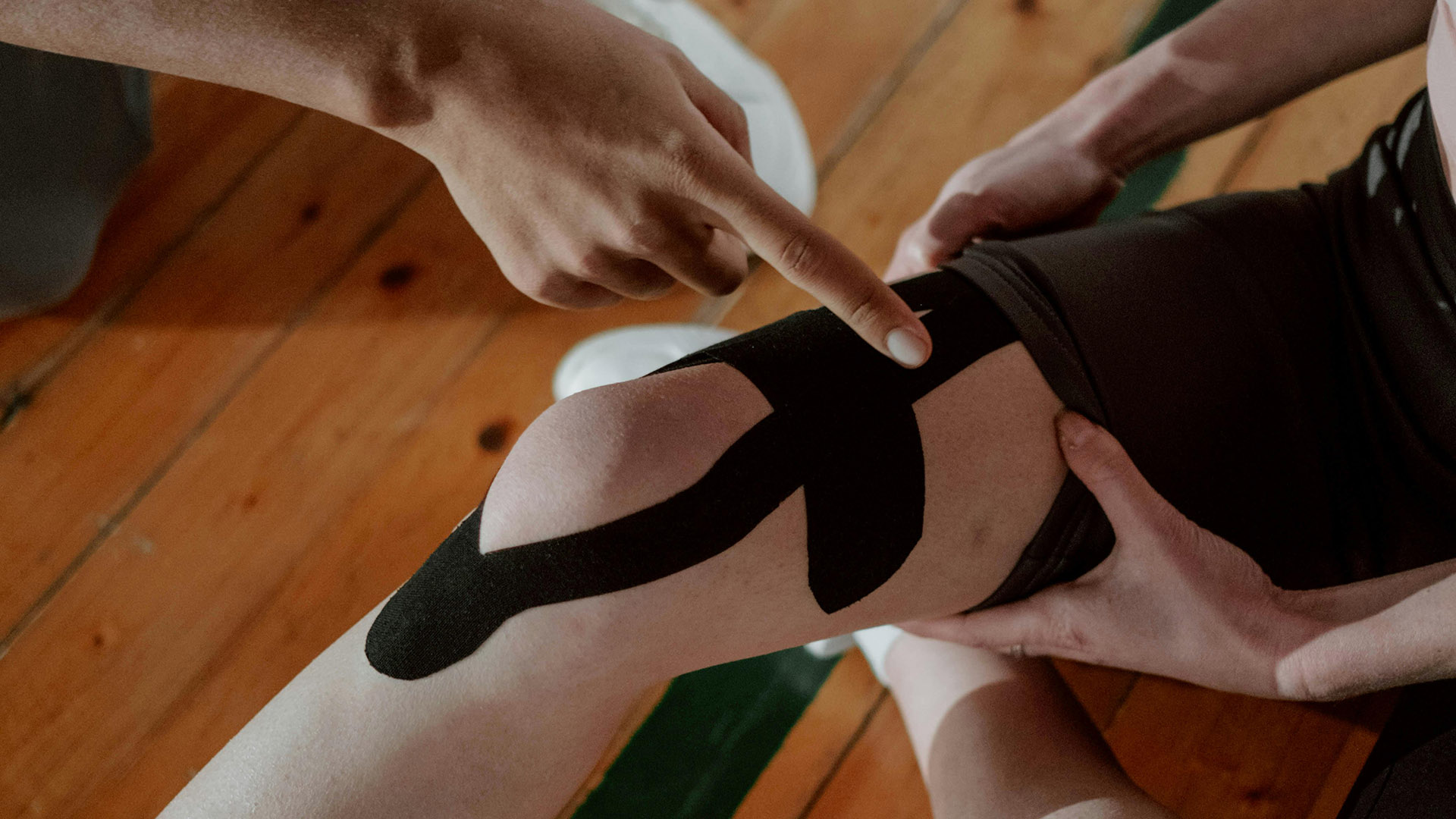Clinical Importance of Biokinetics through the Means of Physical Therapy
An Anterior Cruciate Ligament (ACL) injury, whether treated surgically (ACL reconstruction) or non-operatively (rehab-focused), requires progressive and individualized physical therapy to:
1. Restore Knee Stability and Function:
- The ACL is a primary stabilizer, preventing anterior tibial translation and rotational instability.
- Without proper rehabilitation, compensations and instability persist.
2. Prevent Secondary Joint Damage:
- Poor control post-ACL injury increases the risk of meniscal or cartilage injury.
- Rehabilitation improves mechanics and reduces the risk of post-traumatic osteoarthritis.
3. Re-establish Neuromuscular Control:
- ACL injury affects muscle recruitment, especially of the hamstrings, glutes, and quadriceps.
- Re-training is essential to avoid reinjury, particularly during cutting or pivoting tasks.
The Importance of Physical Therapy
ACL rehabilitation should follow a criteria-based progression, emphasizing range, strength, neuromuscular control, and gradual return to sport. Below are clinically relevant rehabilitation phases:
Phase 1: Early Recovery
Focus: Protect the graft, reduce pain/swelling, restore early mobility.
Phase 2: ROM & Weight Bearing
Focus: Achieve full extension, improve flexion, activate key muscles, progress to full weight-bearing.
Phase 3: Strength & Neuromuscular Control
Focus: Restore muscle strength and dynamic joint stability.
Phase 4: Advanced Strengthening & Functional Training
Focus: Restore full movement patterns, simulate sport-specific demands.
Phase 5: Return to Sport
Focus: Restore confidence, speed, and sport-specific readiness.
Safe Range of Motion (ROM)
ROM depends on the tear location and surgical intervention:
Week 1–2
0° extension (priority), 90° flexion
Week 3–4
Full extension, flexion to 120°+
Week 6–8
Near full ROM (0–135°), progressing to full as tolerated
Clinical Considerations
- Protect the graft in early weeks, especially avoid open-chain knee extension (40–0°) too early.
- Monitor for quad lag and initiate NMES or biofeedback if needed.
- Caution with hamstring loading in hamstring grafts until 10–12 weeks post-op.
- Psychological readiness is often overlooked; consider using tools like the ACL-RSI scale before sport return.
Summary
ACL rehabilitation must be progressive, individualised, and criterion-driven. The priorities are:
- Early full extension
- Gradual strength recovery (especially quadriceps)
- Proprioceptive and neuromuscular retraining
- Safe, controlled return to dynamic activity and sport
Focus on quadriceps activation, safe closed-chain loading, progressive mobility, and proprioceptive retraining, with ROM tailored to the injury/surgical procedure.




